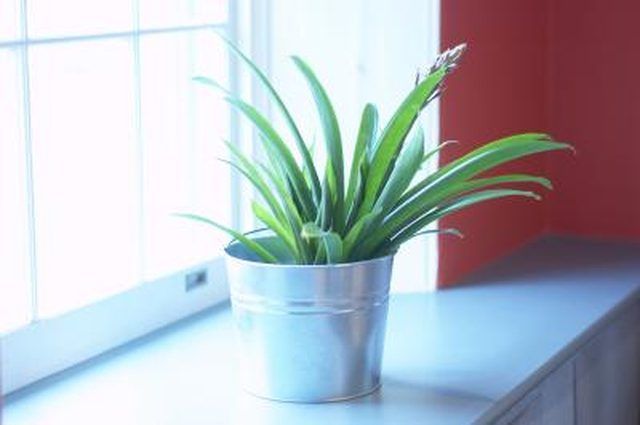Bulbs
Flower Basics
Flower Beds & Specialty Gardens
Flower Garden
Garden Furniture
Garden Gnomes
Garden Seeds
Garden Sheds
Garden Statues
Garden Tools & Supplies
Gardening Basics
Green & Organic
Groundcovers & Vines
Growing Annuals
Growing Basil
Growing Beans
Growing Berries
Growing Blueberries
Growing Cactus
Growing Corn
Growing Cotton
Growing Edibles
Growing Flowers
Growing Garlic
Growing Grapes
Growing Grass
Growing Herbs
Growing Jasmine
Growing Mint
Growing Mushrooms
Orchids
Growing Peanuts
Growing Perennials
Growing Plants
Growing Rosemary
Growing Roses
Growing Strawberries
Growing Sunflowers
Growing Thyme
Growing Tomatoes
Growing Tulips
Growing Vegetables
Herb Basics
Herb Garden
Indoor Growing
Landscaping Basics
Landscaping Patios
Landscaping Plants
Landscaping Shrubs
Landscaping Trees
Landscaping Walks & Pathways
Lawn Basics
Lawn Maintenance
Lawn Mowers
Lawn Ornaments
Lawn Planting
Lawn Tools
Outdoor Growing
Overall Landscape Planning
Pests, Weeds & Problems
Plant Basics
Rock Garden
Rose Garden
Shrubs
Soil
Specialty Gardens
Trees
Vegetable Garden
Yard Maintenance
How to Treat Fungus On House Plants Naturally
How to Treat Fungus On House Plants Naturally. Houseplants are not as susceptible to diseases as those grown outdoors, but sometime fungus can become a problem even for the most well cared for of indoor plants. Fungus grows best in moist and humid conditions. Symptoms of fungal infection include discolored spots on leaves, the formation of spores...

Houseplants are not as susceptible to diseases as those grown outdoors, but sometime fungus can become a problem even for the most well cared for of indoor plants. Fungus grows best in moist and humid conditions. Symptoms of fungal infection include discolored spots on leaves, the formation of spores and rotting of the leaves and roots. Though chemical fungicides are available to treat fungal infections, it is usually best to try natural remedies on houseplants first.
Things You'll Need
Plastic bag
Pot
Potting soil
Remove infected leaves from the plant and place them in a plastic bag to prevent the fungus from spreading. Leaves will contain discolored spots or spores or will show signs of rot. Dispose of the plastic bag immediately to prevent further fungal infection.
Check the soil for excess moisture and make sure that leaves are dry. Do not mist your plant while it is suffering from a fungal infection.
Remove plant from its pot if the infection continues or if roots show signs of rot. Remove infected parts of the roots and check leaves for further infection. Remove any infected leaves as before.
Plant in a new pot with new soil. Do not overwater and be sure to keep leaves dry.
Watch plant for further signs of infection and continue to remove infected leaves as they appear.